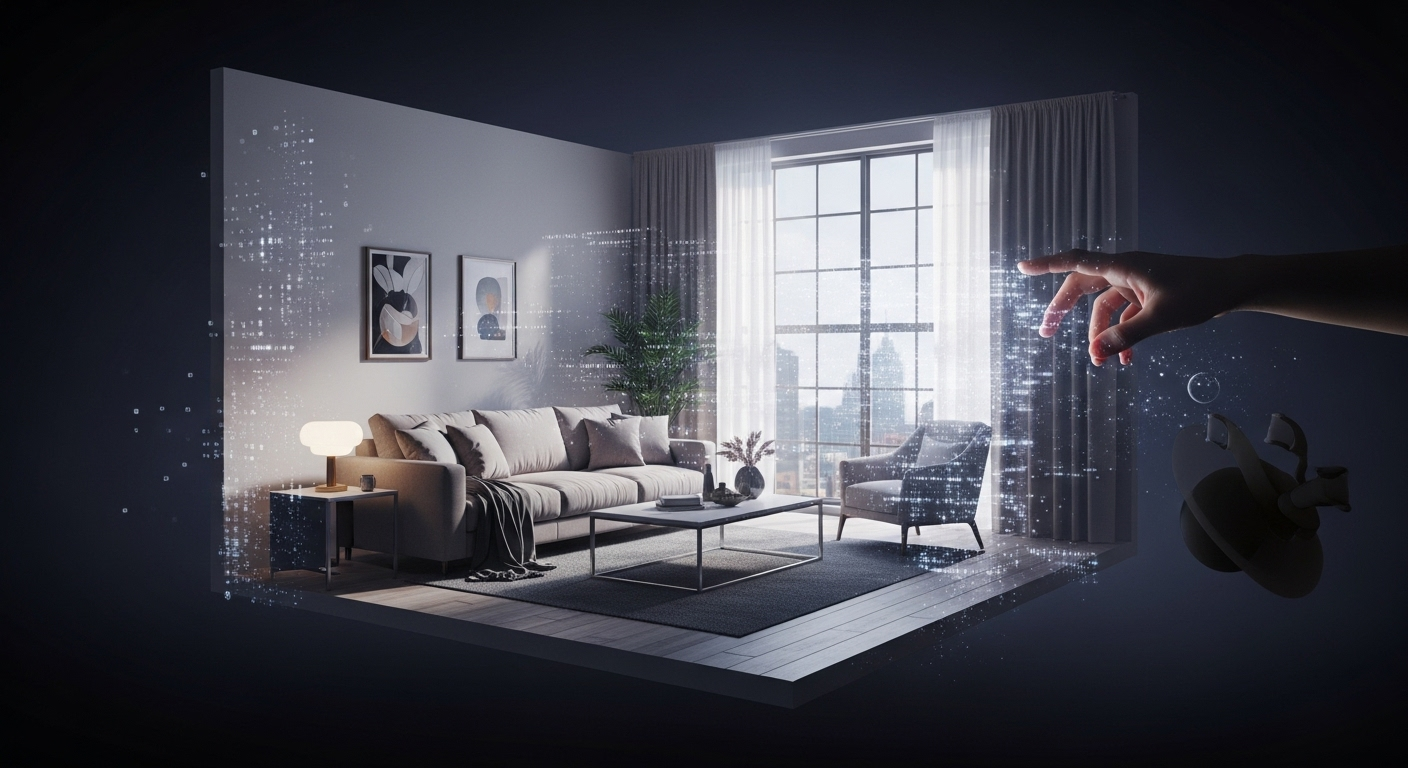Ever spent hours scrolling through Pinterest, meticulously curating boards of “dream homes” that look impossibly perfect? You know the ones: sun-drenched living rooms with perfectly styled bookshelves, kitchens with countertops so pristine you’d never actually cook on them, and bedrooms that seem to float on clouds. For years, these images were our digital escape, a harmless fantasy board for future renovations or just pure aesthetic enjoyment. But what if I told you that AI is now stepping in and, well, kind of spoiling the fun?
The Pinterest Paradox: The Land of Unattainable Aesthetics
For a long time, Pinterest was the ultimate mood board. It offered a curated collection of beautiful spaces, often professional photoshoots or highly stylized setups. We knew, deep down, that those perfectly fluffed cushions and strategically placed fiddle-leaf figs weren’t always achievable in our messy, real-life homes. It was a visual aspiration, a ‘what if’ playground. And let’s be honest, part of the charm was that slightly unattainable, glossy magazine feel. It was a fantasy, and we were okay with that.
AI Enters the Chat (and the Room): From Fantasy to Hyper-Reality
So, where does AI fit into this perfectly manicured world? Well, generative AI tools have gotten ridiculously good at creating hyper-realistic images from simple text prompts or even rough sketches. We’re talking about AI that can conjure up entire rooms, complete with lighting, textures, and decor, that look indistinguishable from actual photographs. Suddenly, that “dream home” mood board you’re building might not be a collection of real spaces at all, but rather a series of AI-generated illusions.
When Fantasy Becomes Too Real: The Double-Edged Decor Sword
This is where the “spoiling the fun” part comes in. When AI can whip up a photo-perfect room in seconds, the mystique of the aspirational, carefully crafted image starts to fade. It’s like finding out the magician’s trick – once you know how the rabbit got into the hat, it’s a little less magical. On one hand, it’s an incredible tool for interior designers, architects, and even homeowners wanting to visualize spaces before committing. Imagine seeing countless variations of your living room without moving a single couch!
But on the other hand, it raises some interesting questions. If every “perfect” room online is potentially AI-generated, how do we discern reality from hyper-reality? Are we setting ourselves up for even greater disappointment when our actual living room doesn’t quite match the AI’s flawless rendition? It also changes the game for content creators and real estate agents. The line between what’s real and what’s a digital fabrication is blurring faster than you can say “minimalist chic.”
The Future of Our Spaces (and Our Feeds)
So, what does this mean for our scrolling habits and our dreams of the perfect abode? It’s a fascinating glimpse into a future where digital fantasy can be created on demand. We’ll need to develop a sharper eye for what’s authentic and what’s AI-conjured. Perhaps it will push us to appreciate the imperfections and unique character of our actual homes even more. Or maybe, just maybe, it will inspire us to try and bring a little more of that AI-generated magic into our real lives, one perfectly fluffed cushion at a time. It’s a brave new world, and our living rooms are just getting started.
